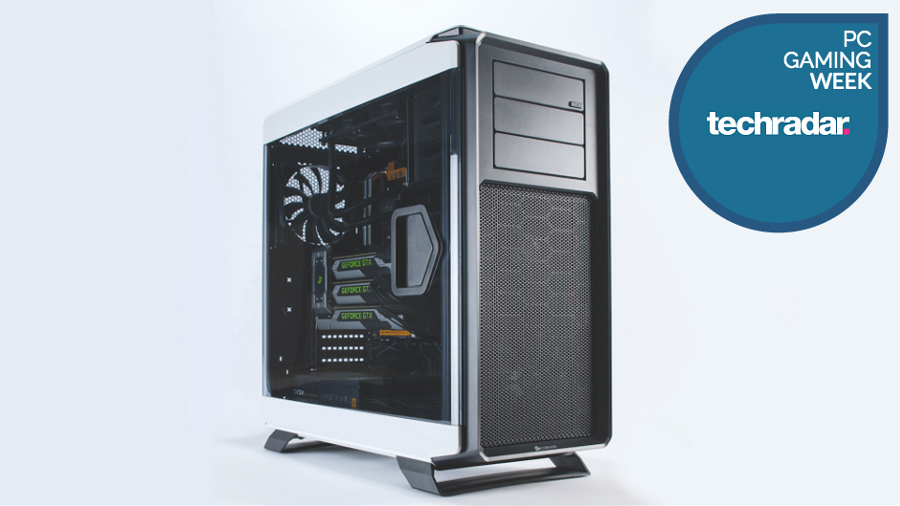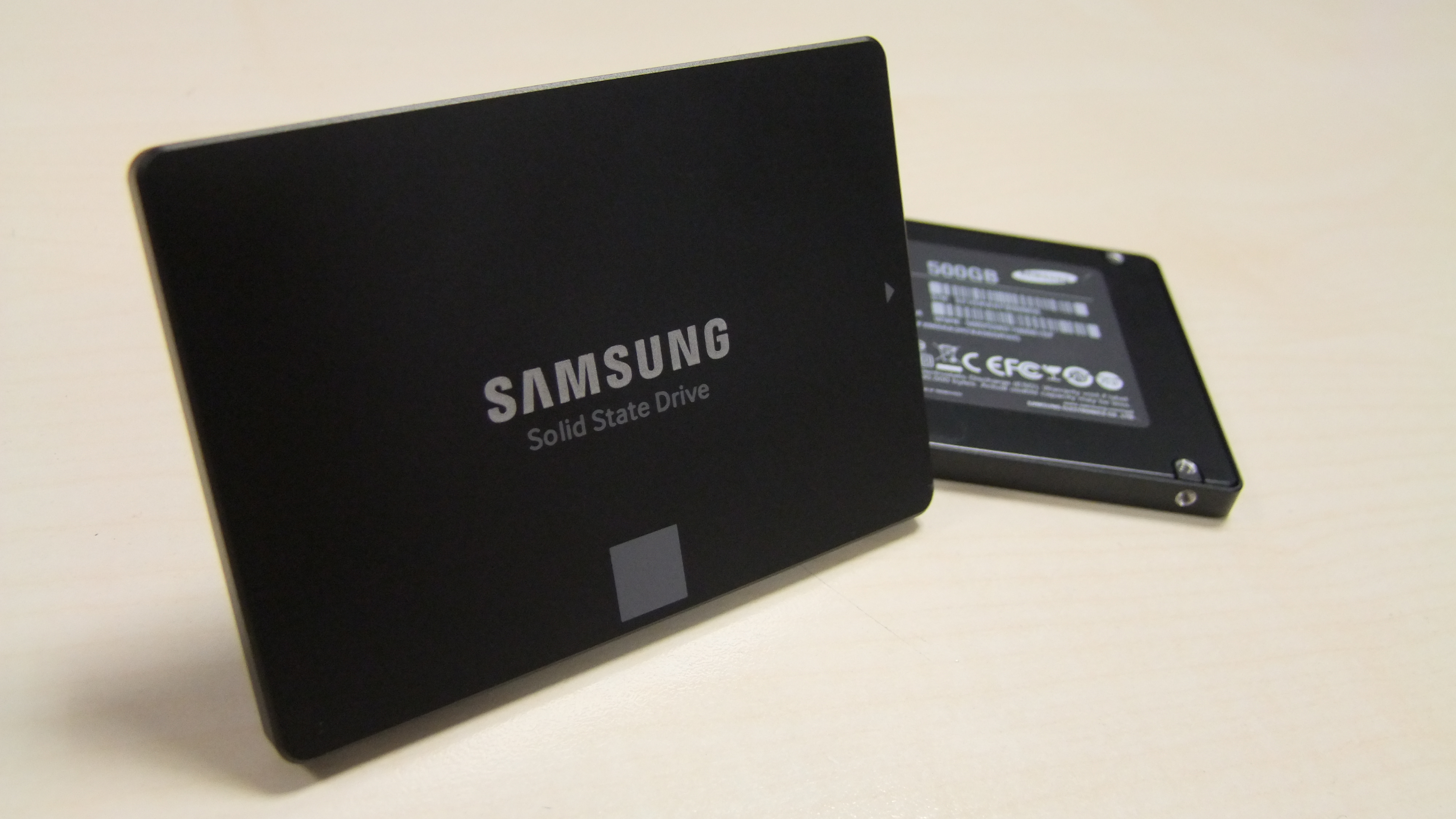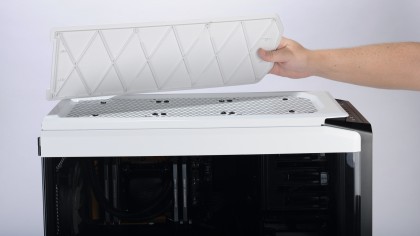How to build a monster PC that will play any game

In this article, PC Format looks at building the ultimate triple-GPU dream machine. PC Format is the magazine for PC gamers and hardware enthusiasts, created by geeks and gamers. Each issue covers the latest advances in graphics cards, processors, motherboards, memory, SSDs and complete systems. We also feature guides on overclocking, tweaking, system building, system modding and PC repair. Click here to subscribe.
Over the course of a year, hardware comes into our office in trickles and deluges. We end up stockpiling things we don't have an ideal use for. Here, a convergence of timing and opportunity leads us to this point: something kind of ridiculous, but also very good-looking and beefy. Perfect. We try to do different kinds of systems for a variety of budgets, but sometimes it's just more entertaining to put pound signs aside and assemble the craziest Voltron we have the parts for.
- Length of time: 2-4 hours
- Level of difficulty: Medium
One piece of gear – the CPU cooler – is super-new while the Samsung 850 EVO SSD is fresh in the lab. In fact, the drive was still under NDA (non-disclosure agreement) as we were putting this system together. That means we might have gotten in trouble if we'd even publicly confirmed its existence. Now we can pull back the curtains.

If you build it, they will come
We've been meaning to put the Corsair 760T full-tower case to use for some time. Indeed, we've had it long enough that Corsair has produced the 780T as an evolution of it (it did very well in issue 297's case supertest). This build will make ample use of a full-tower's dimensions, and the 760T has generous options for airflow.
We've played around with two GTX 980 graphics cards already, but not three. Powering them is a monster 1,600-watt EVGA power supply, which offers a lot more juice than this system will ever need, even if we were to add a fourth GTX 980 and overclock everything to the hilt. But it seemed a shame for such fine equipment to go unused.
We've built this machine around the eight-core Intel Haswell-E CPU. And this is the first time we've played around with the Cooler Master Nepton 240M CPU cooler and the Samsung 850 EVO SSD. We also have a motherboard from ASRock, which doesn't get a lot of representation at the premium tier.
We've also added 32GB of Corsair Dominator DDR4 RAM into the mix. But if this all sounds complicated, it's really more like LEGO parts than rocket science. The most time-consuming element is just giving the system a clean look after putting this much gear inside.
Sign up for breaking news, reviews, opinion, top tech deals, and more.
You can only hope to contain it

Like the Corsair Obsidian 750D, the 760T has a magnetised cover on the top of the case. This time, it's hard plastic instead of a mesh. Since we're exhausting air and not pulling it in, the lower airflow isn't a big deal, and this style is a bit cooler-looking. The top of the 760T takes 280mm and 360mm radiators, as well. If you're into serious overclocking, then a CPU the size of the Core i7-5960X would benefit from larger rads.
As its name implies, our Nepton 240M cooler uses a 240mm rad, which is fine for less ambitious octo- core overclocking. However, if you want to install your fans on the underside of the rad, the 760T uses rubber grommets for which the Nepton's mounting screws are too short. You can get a variety of machine screws at your local hardware store.